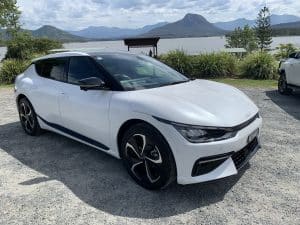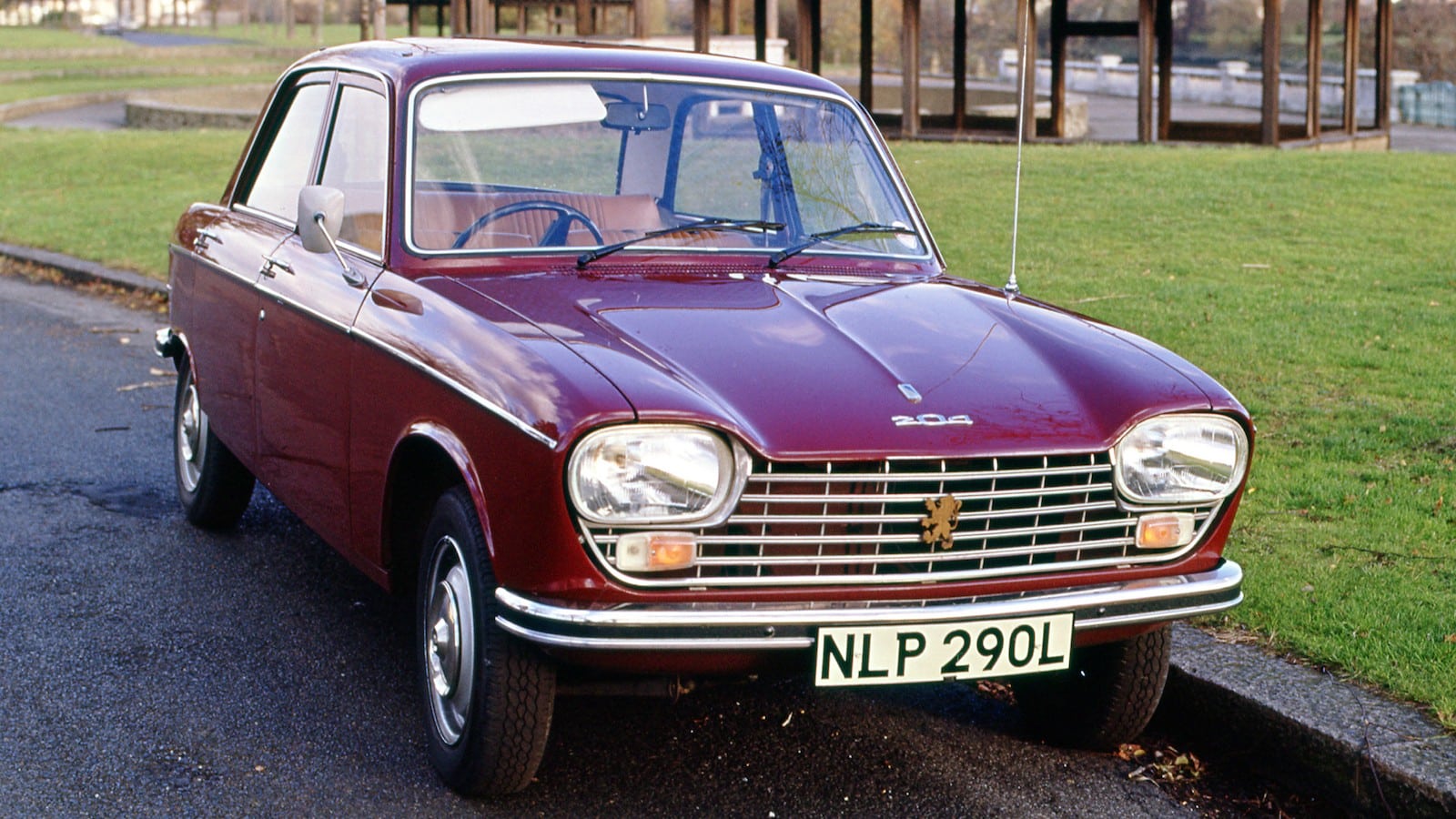Build more dams or be damned. A philosophy promoted by Queensland’s longest serving premier Sir Joh Bjelke-Petersen from 1968 until a dramatic and inglorious end 19 years later when he hit a rock called the Fitzgerald Inquiry.
But, yes, he was damn good at building dams and there are more of them in Queensland than any other state. And he insisted water care should be just as important, if not more so, as landcare.
Sir Joh’s love of the power of water reached an unsteady peak in 1980 when he poured water into a petrol tank in Brisbane’s King George Square to launch his idea of a water-powered car. At the time, hydrogen for the 1974 Ford Fairlane V8 was supposedly acquired from the water molecule H2O to power the car. And although it didn’t work, the seed was sown … in 2021, the Palaszczuk government bought the first five hydrogen-powered vehicles available in Queensland for its car fleet.
The technology was more sophisticated, but the idea was broadly the same. In a test, a hydrogen-powered Hyundai NEXO travelled more than 800 km on a full tank of hydrogen – further than a conventional electric car at the time.

But it was Hyundai’s ‘corporate sister’ Kia that provided us with the new Kia EV6 for a trip to Moogerah Dam located among the spectacular scenery of the Scenic Rim, an hour’s drive south west of Brisbane.
Opened in 1981 by Bjelke-Petersen, the dam is a fisherman’s paradise stocked full of Australian bass, golden and sliver perch, and Mary River cod … and a turtle or two spotted flapping below the 38-m dam wall.
But you can lead an EV to water but you can’t make it drink! With an all-new dedicated electric vehicle platform and futuristic design the Kia EV6 GT-Line has the technology to be a worthy challenger to Tesla.
High international demand and limited production means only about 500 Kia EV6s were dispatched to Australia during 2022, so if you can get your hands on one you’ll be in very exclusive company.
The EV6 followed the Sportage into the Australian market, but the new screen-heavy interior design elevates Kia’s ambience to almost luxury European levels. Fronting the driver are two 12.3-in. curved displays, one for the instrument cluster and another for the touchscreen navigation system, as well as a smart new two-spoke steering wheel.
Front occupants are treated to electric seat adjustment, seat heating and ventilation, and deep-reclining relaxation seats. The dedicated EV platform and its flat floor pan opens up more space for those in the back, and the EV6’s lengthy 2900 mm wheelbase means plenty of leg and knee room for adults in the back.
Rear amenities include a fold-down centre armrest with cup holders, air vents mounted in the B-pillars, USB chargers on the rear sides of the front seats, airline-style map pockets, and a vehicle-to-load outlet underneath the middle seat. It has a conventional wall socket so you can plug in everything from a laptop charger to an electric shaver.
Unlike most EVs with one-way charging, the EV6 is capable of topping up electric items with its 230-240V AC at 3.6kW of power.
Kia’s engineering expertise gives 0-100 km/h acceleration in 3.5 seconds with 430 kW of power coursing through its dual electric motors. It also introduces unique Australian-tuned GT suspension and steering; 21 in. machine-finished alloy wheels; Matrix LED headlights; and GT bucket seats.
The EV6 features locally tuned GT suspension and steering to match Australia’s roads and a new electronic control suspension that provides both agility and comfort thanks to its continuous damping control.
The EV 6 was subjected to Kia Australia’s rigorous ride and handling program, which in this instance was conducted in Germany and Australia.
For Kia Australia’s chief operating officer Damien Meredith, the program is an important contributing factor to the brand’s continuous growth in the Australian market.
“Tuning our vehicles to suit Australian conditions is a crucial feature in the local model line-up and can be significantly credited to the growth in our overall sales,” he said.
“The Kia EV6 Air and GT-Line models introduced last year have already verified EV6 as the’ new halo’ for the Kia brand and have attracted an extraordinary level of interest.
“The challenge with the local tune of the GT variant is to go above and beyond what is already available in the very capable and award-winning EV6 GT-line.”
Kia Australia’s ride and handling engineer Graeme Gambold, who has localised the ride of more than 50 Kia models during the last 11 years, is enthusiastic about the EV6 GT’s dynamics and performance.
“We had a solid platform to work with and spent time in both Germany and locally, ensuring the GT can cope with our harsher conditions. Compliance on rough country roads and importantly grip on uneven surfaces which is more prevalent in Australia, has been addressed.
“At all times we were mindful of the existing EV6 range, which is already dynamically capable. The GT had to raise the bar substantially and is a testament to how far Kia has come from a vehicle dynamics and performance perspective.
“It is a confident GT which can be pushed hard, driven spiritedly, is forgiving on our roads and equally for the performance enthusiasts, a very capable GT on the track when flicked to GT mode.”
The range comprises three models – Air, GT-Line RWD and the GT-Line AWD. Pricing starts from $67,990 for the Air, steps up to $74,990 for the GT-Line RWD, and rounds out at $82,990 for the GT-Line AWD – all before on-road costs.
Standard equipment, as befits a halo model, is extensive. All EV6 variants get two big 12.3-in. screens, while the GT-Line models step up from 19-in. 20-in.wheels. LED headlights are standard, along with dual-zone AC, wireless phone charging, and parking sensors front and rear.
Safety hasn’t been overlooked either, with a full suite of active safety tech standard, and there’s a centre airbag. Step up to the GT-Line and you get heated and cooled seats, power adjustment for the driver, an electric tailgate, and combination leather and suede seat trim.
There’s no ‘harvesting’ on prolonged highway runs. And yet, the more advanced electric vehicles become, the more comfortable they become with this kind of drive. Best highway run indicated 396 km with heavier usage 360 km.
You will need to factor in around an hour-and-a-half at a 50 kW fast charger to get back to 100% from 25-30%.’






